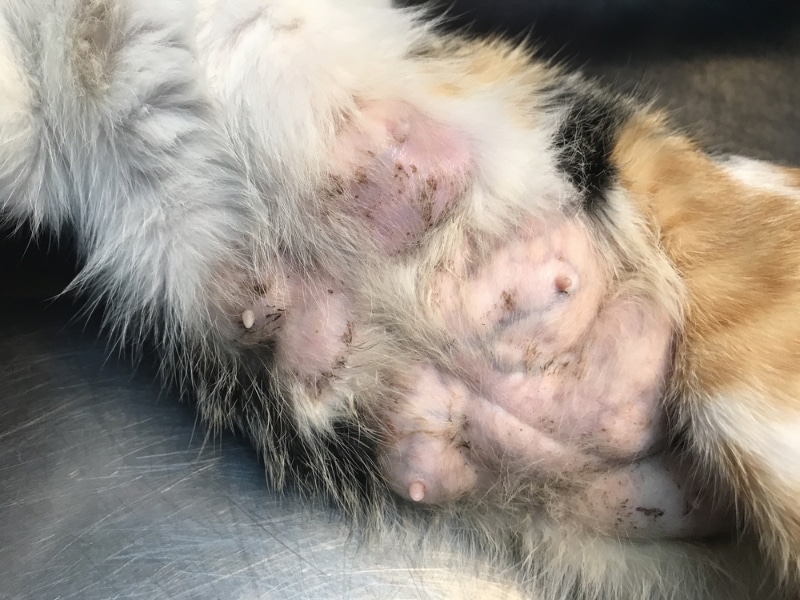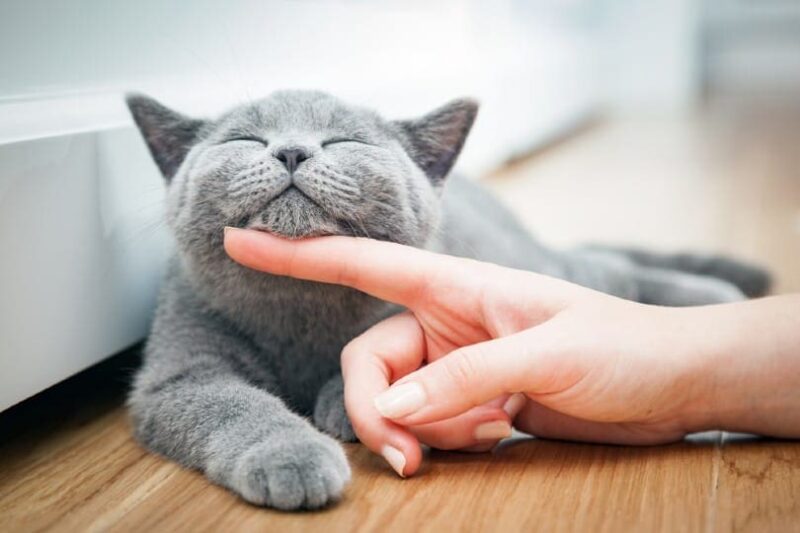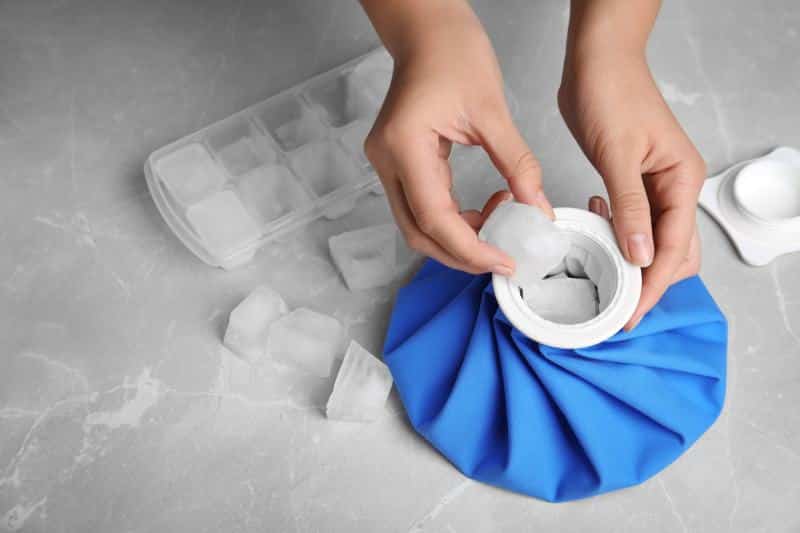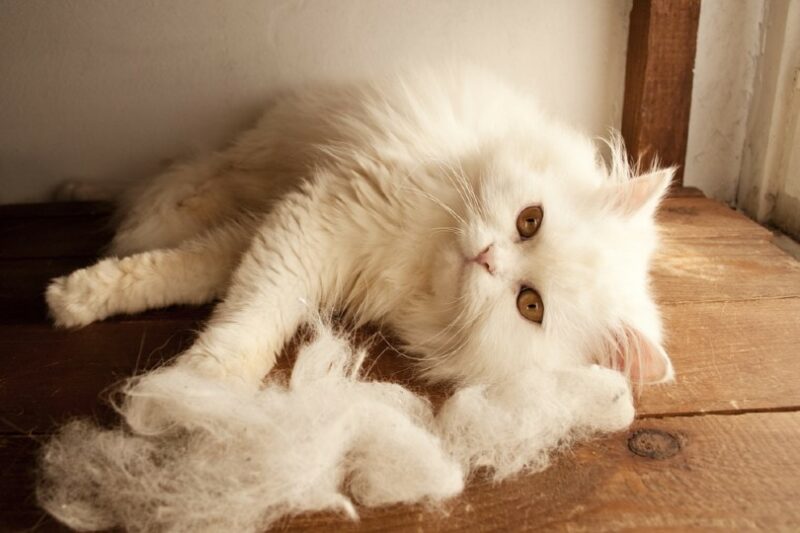In this article
Declawing cats is heavily regulated in Australia, meaning that it is banned as a standard procedure and only permitted if it’s essential for the cat’s health.¹ Routine declawing is also illegal in several other countries, though it is still legal in the United States. Declawing is considered a major surgery where the last phalanx of the toe is amputated and it takes away a cat’s ability to communicate, climb, defend themselves, and balance properly. It can negatively affect their behavior and health for this reason.
Many people mistakenly believe that declawing a cat just means removing their claws. However, this procedure is a bit more complicated than that. It has wide-ranging consequences for the cat’s life and health.
To better understand why Australia banned declawing in most circumstances, let’s look at what it is and the effects that it may have. We also explore the situations in which it is legal to declaw a cat in the country.

What Is Declawing?
Simply put, declawing involves two different steps. The cat’s claws are permanently removed, as most people believe they are. However, the last portion of the toe bone must also be removed to prevent the claws from growing back. Therefore, declawing involves an amputation. It would almost be like removing the finger from the first joint for a human. Sure, you would still have all your fingers, but your dexterity would be affected. It’s similar for felines. They still have their toes, but their balance is affected.
Often, this procedure is done to eliminate scratching. However, scratching is a normal and instinctual behavior in felines that should not be eliminated but rather redirected. Cats can be trained to scratch in appropriate areas.
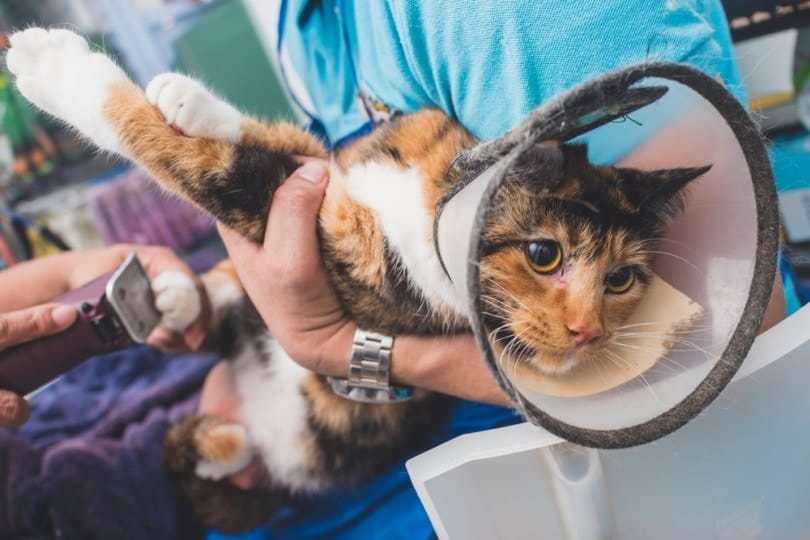
When Can You Declaw a Cat in Australia?
There are some circumstances where declawing a cat is permitted in Australia. Much of this is up to the vet, however. Often, this is used as a last attempt to prevent scratching when a cat has serious behavior issues. Each state and territory enacts its own animal welfare laws in Australia, but they all have similar legal protections against declawing. For example, according to the Prevention of Cruelty to Animals (General) Regulation 2006 in the state of New South Wales, there are only four instances where it is legal for a vet to remove a cat’s claws:
- The vet receives a declaration that the feline will be destroyed if the claws are not removed.
- The cat has caused massive amounts of damage with their claws multiple times, and the owner has attempted to prevent this damage.
- The cat continues to kill wildlife despite attempts to prevent it.
- The vet receives a declaration that the claws must be removed due to the potential damage the cat may cause. The cat must have exhibited behaviors in the past to make this potential damage likely.
You can also remove a cat’s claws for medical reasons. For instance, if the toe is affected by a tumor, it may need to be amputated. While this would technically be “declawing,” it is legal because there’s a medical reason for it to be done.
What Countries Have Banned Cat Declawing?
Many countries regulate cat declawing heavily. So far, about 42 different countries have passed laws. Many of these countries allow declawing only in serious circumstances. Sadly, the United States is not on this list, and declawing is still legal.
- Australia
- Austria
- Belgium
- Bosnia
- Brazil
- Denmark
- England
- Finland
- France
- Germany
- Ireland
- Israel
- Italy
- Macedonia
- Malta
- Montenegro
- Netherlands
- New Zealand
- Northern Ireland
- Norway
- Portugal
- Scotland
- Serbia
- Slovenia
- Spain
- Sweden
- Switzerland
- Wales
While no federal laws ban declawing in the U.S., many states and cities have put bans into place. There are also many laws currently being pushed through in other states and cities.

Will Vets Still Declaw Cats?
In Australia, vets cannot legally declaw cats unless they have a good reason. Their reasoning has to fall into one of several potential categories. Sometimes, it requires a letter from a governmental official stating that the cat is potentially dangerous and should be declawed. Your average cat isn’t going to fit into this category.
Furthermore, these reasons often require the owner to try training the cat before the vet can remove the cat’s claws. You’ll usually need to work closely with your vet to stop and prevent scratching before declawing is an option.
Therefore, you can still find vets who will declaw cats. However, they must carefully consider the laws and behavior of your cat. In most cases, your cat won’t qualify for declawing unless it is the last resort.
Alternatives to Declawing
Luckily, there are many alternatives to declawing that you may want to consider. You don’t have to put up with your cat constantly scratching you or your furniture. These steps may require a bit more work, but they are effective at handling scratching.
Training is the easiest way to handle inappropriate scratching habits. You must provide your cat with proper places to scratch, as scratching is necessary for them. Once this is done, encourage the cat to use the proper places. You can do this via praise, treats, and catnip. You may need to provide multiple scratching posts in some cases.
You can also train cats not to scratch people. The easiest way to do this is by rewarding the cat when they don’t scratch. Not scratching while playing means more playing and praise. Always end playtime when scratching occurs.
You may need to trim your cat’s nails regularly. Many cats scratch to keep their nails worn down. When your feline’s nails are trimmed, they may feel less need to wear them down in this way. Keeping your cat’s claws trimmed helps lower their scratching need.


Conclusion
Declawing a cat is illegal in Australia, except in rare, medically justified cases. Declawing is considered inhumane and invasive. Each state and territory has laws that tightly regulate the circumstances under which a cat’s claws can be removed, typically only when the animal’s welfare or safety is at serious risk, and all other options have failed. Therefore, you’ll need to consider alternatives for your feline.
Given the physical and behavioral impact of declawing, it’s no longer viewed as an acceptable solution to scratching problems. Fortunately, most cats respond well to positive reinforcement training, nail trimming, and scratching alternatives. These options respect the cat’s natural behaviors while helping protect your home and your bond with your pet.
See Also:
- Is Declawing Cats Illegal in the UK? Facts, Side Effects & Care Tips
- Small Animal Specialist Hospital (SASH) Vets Australia | Heroes of The Pet World
Featured Image Credit: RJ22, Shutterstock




